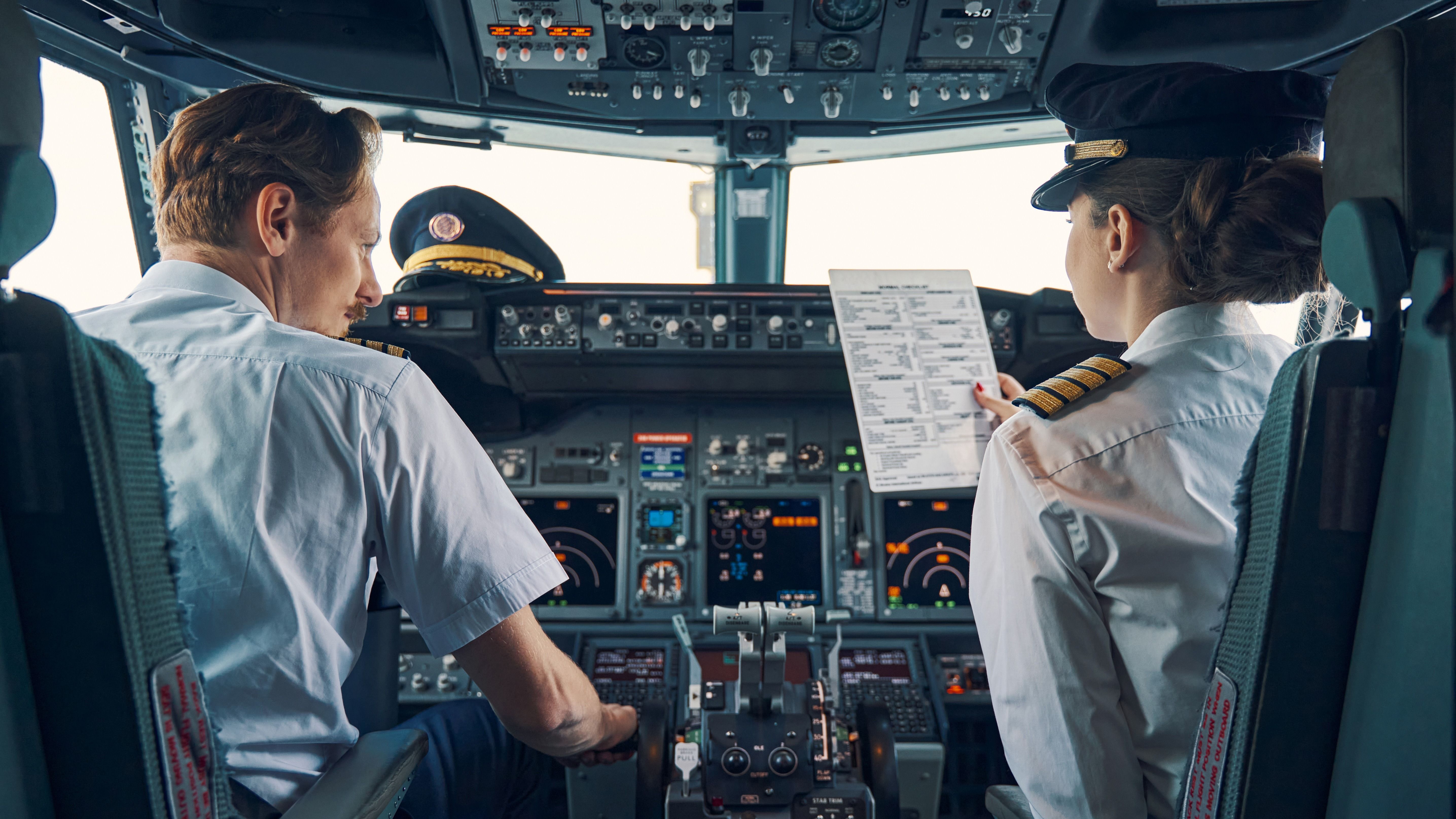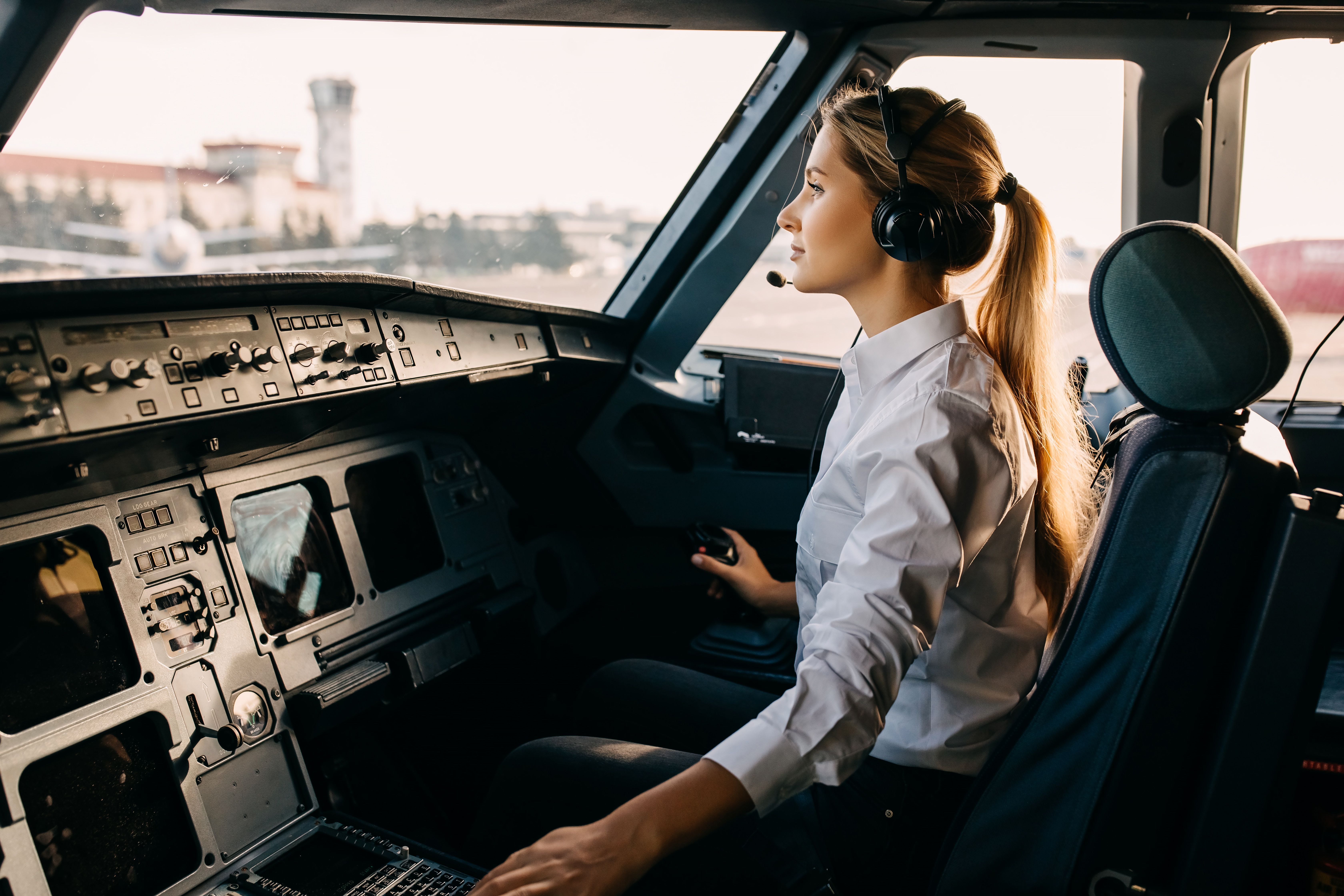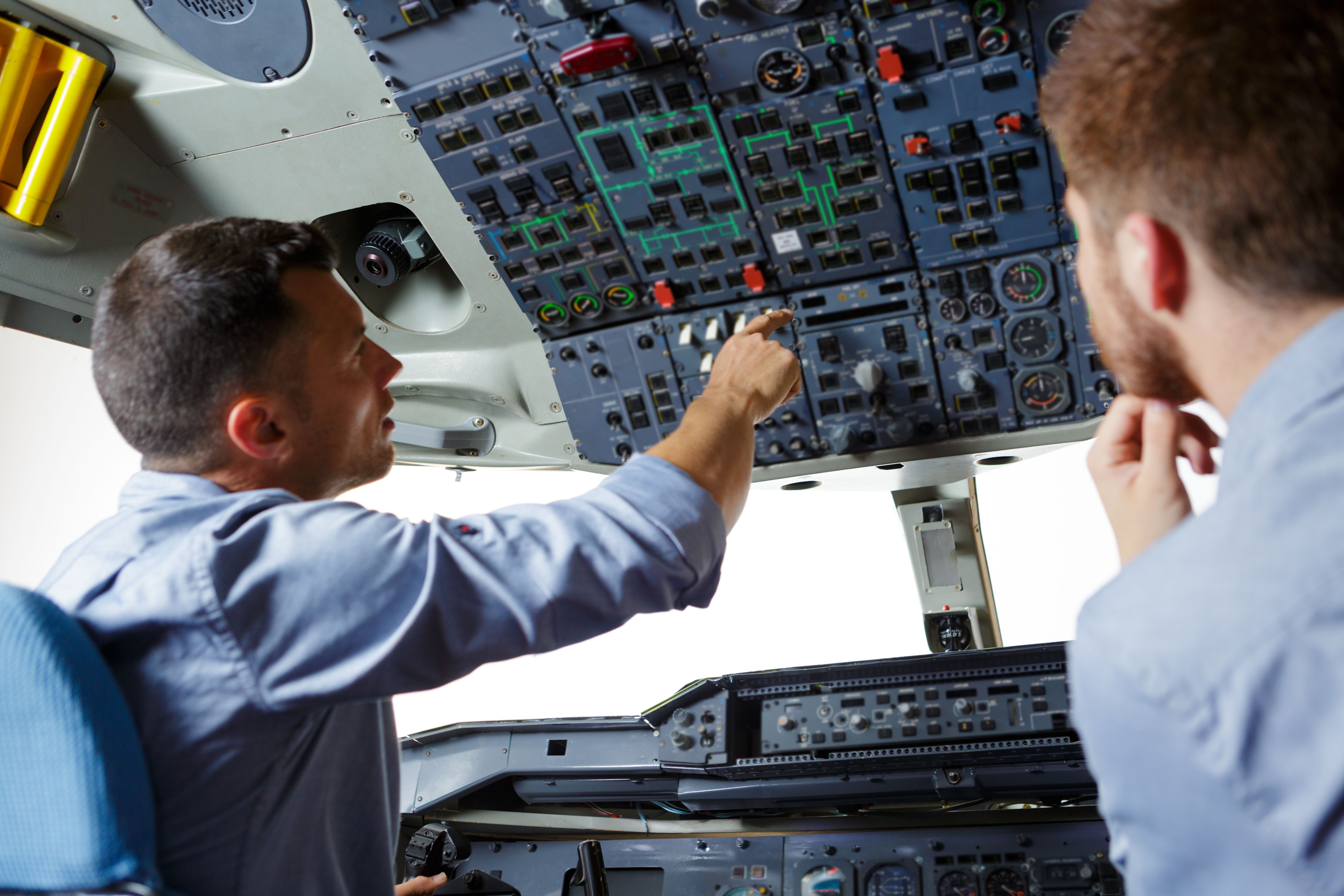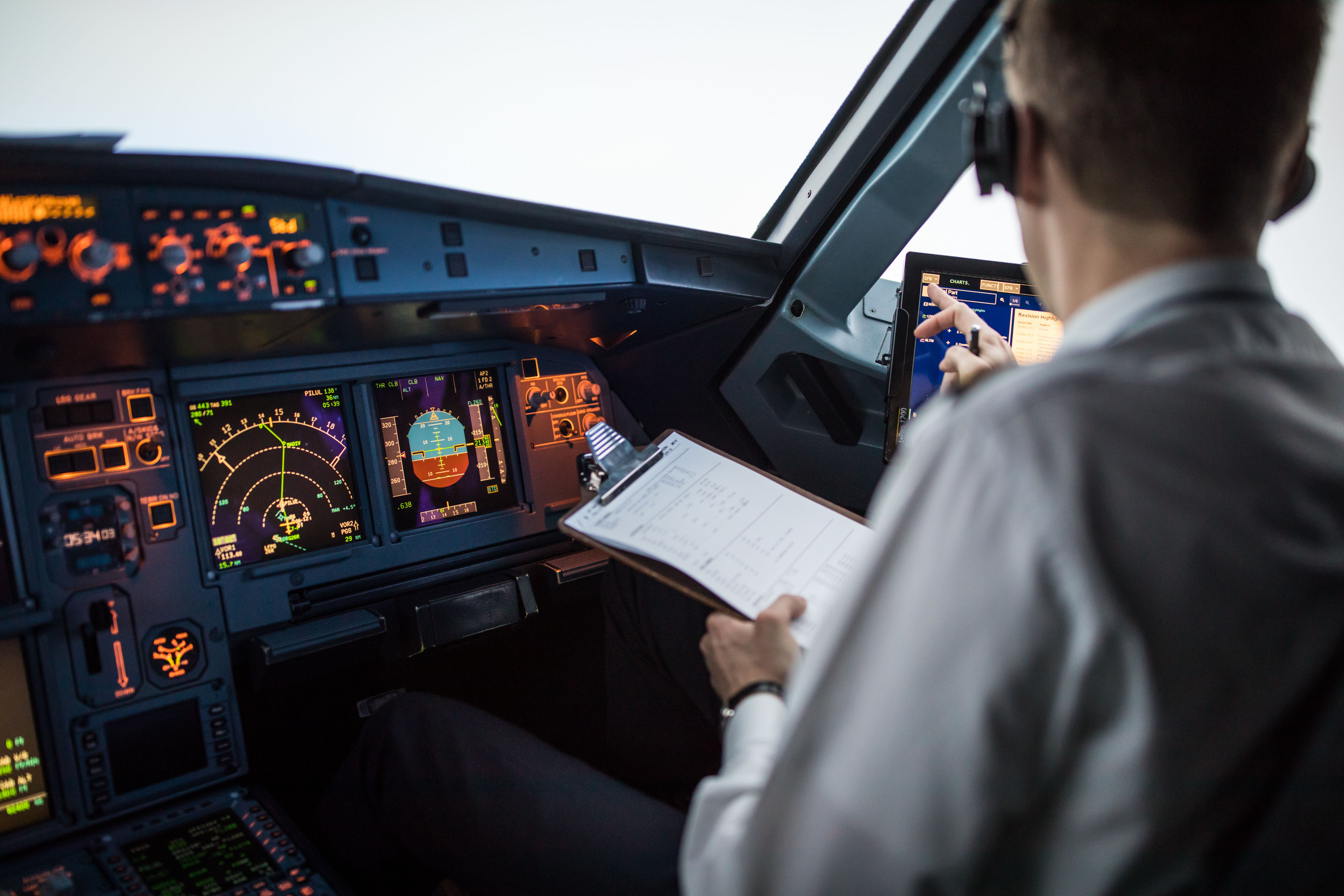Summary
- The International Civil Aviation Organization (ICAO) developed a standardized phonetic alphabet in 1956 to avoid miscommunication in air traffic communication.
- To be included in the phonetic alphabet, the words must meet certain criteria, including being easily recognizable by speakers of all languages and having good radio transmission.
- The phonetic alphabet is used in aviation to communicate accurately and has also become well-used in other areas of life.
Prior to the 1950s, different countries around the world had varied rules for air traffic communication, often with their own unique phonetic alphabets. Add to this the poorer sound quality often experienced over radio communication channels at the time, and miscommunication or ambiguity could easily arise.
Therefore, in order to avoid the potentially disastrous consequences of a misunderstanding, the International Civil Aviation Organization (ICAO) developed a standardized phonetic alphabet in 1956, which was to be used by all pilots across the world. The process for putting the alphabet together, however, began a decade earlier, when ICAO started to review systems already in use and consult with linguistics professors to establish a set of criteria.
Selecting the words for ICAO's phonetic alphabet
According to Pilot Mall, in order to be included in the standardized phonetic alphabet, the initial letter of the word must be the letter that the word identifies. The words must also:
- Be a word in the English, French, or Spanish languages
- Be easily pronounced and recognizable by speakers of all languages
- Have good radio transmission
- Not have any questionable or unintended meaning
Today, ICAO's phonetic alphabet is also known as the International Radiotelephony Spelling Alphabet.
From A to Z - the phonetic alphabet in full
The phonetic alphabet uses words in place of letters to clearly differentiate letters that may otherwise sound very similar, such as M and N, or B and V. In these examples, pilots will instead say Mike, November, Bravo, and Victor. The full phonetic alphabet is listed below:
|
A |
Alpha |
N |
November |
|
B |
Bravo |
O |
Oscar |
|
C |
Charlie |
P |
Papa |
|
D |
Delta |
Q |
Quebec |
|
E |
Echo |
R |
Romeo |
|
F |
Foxtrot |
S |
Sierra |
|
G |
Golf |
T |
Tango |
|
H |
Hotel |
U |
Uniform |
|
I |
India |
V |
Victor |
|
J |
Juliet |
W |
Whiskey |
|
K |
Kilo |
X |
X-ray |
|
L |
Lima |
Y |
Yankee |
|
M |
Mike |
Z |
Zulu |
The phonetic alphabet allows pilots to communicate accurately not only with each other but also with third parties, such as air traffic control or ground handling teams - for example, it might be used to confirm aircraft registration numbers. This consistency and mutual understanding help to avoid any ambiguity and helps to keep air travel safe, as even small misunderstandings could have serious consequences.
As the phonetic alphabet gained prominence throughout the world of aviation, it has also seeped into other areas of life, with many people making use of it in everyday situations, such as spelling out a word or name over the phone. It is also often used by military personnel.
What do you think of the phonetic alphabet used in aviation? Did you know it was developed by ICAO in the 1950s? Do you also use the phonetic alphabet in your everyday life? Let us know by commenting below.




